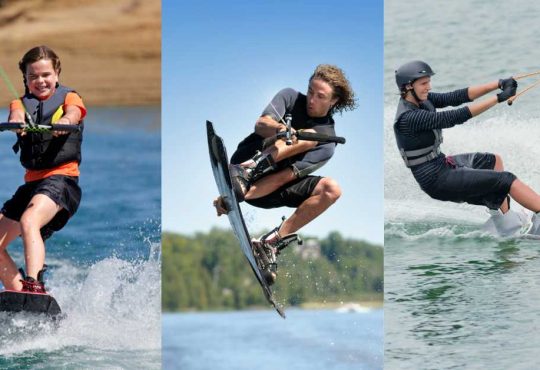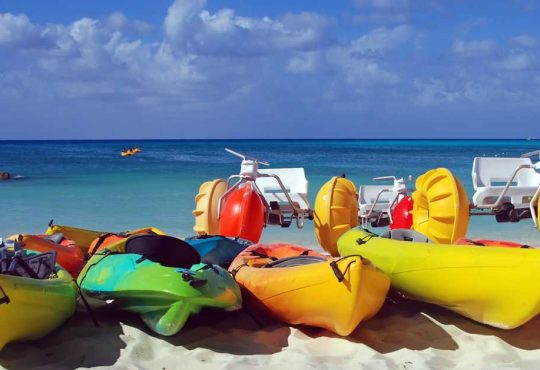The pioneering role of women in the history of hiking, hill walking and mountaineering has been hidden for too long, says Kerri Andrews.
A few years ago I lived in Boston for a while. One Saturday I took the train to Concord, home to the American Revolution and home to writers galore: Ralph Waldo Emerson, Louisa May Alcott, Nathaniel Hawthorne and Henry Thoreau. I walked from the train station into town and from there to Emerson’s house. A fresh walk connected Emerson’s house with Walden Pond, where Thoreau famously lived in a log cabin he built, and I took advantage of it for a real wild walk in America.
The woods were delightful, with spring foliage full of birds I didn’t recognize. But when I got to Walden Pond I realized it was less than a mile from the city. Thoreau had built his “wild” hut twenty minutes from his parents’ house, and every Sunday he came for tea.
Thoreau is believed to be a wilderness pioneer, a rugged adventurer who finds himself in solitude, but was only a twenty minute walk or a week away from a hot dinner and someone doing laundry. Conversely, writing about truly adventurous women in nature can be hard to find. The shelves groan under the weight of men’s audacity, and you’d be forgiven if you thought women didn’t venture out at all. But they sure did.
Pioneer
A pioneer of mountaineering was Dorothy Wordsworth, who in 1818 climbed Scafell Pike, one of the first to do so. He never published his short story, choosing instead to write about it in letters to friends. Later, his brother William would “borrow” his words for inclusion in his best-selling Lake District guide. Dorothy has not received any credit.
Around the same time Ellen Weeton, a Lancashire housekeeper, embarked on a solo ascent of Snowdon, using her hood to protect her from the sight of the sheer falls into the mountainside and resisting attempts by patronizing men to help her. He wrote about his experiences in letters to friends. They were published a century later.
There are dozens of other women, from the eighteenth century to the present day, who have written about walking, climbing, running in the mountains. Not all of them have published their writings, it’s true, but the books that claim to write the history of walking or mountaineering without including women’s stories tell only part of the story.
Why is this important? Because women and girls continue to get the message that the outdoors is not for them – from well-documented and seemingly endless evidence of harassment in public places, to the absence of role models in outdoor literature. We all know the adage “if you can see it you can be”, but if girls can’t see people like them in nature, they will struggle to be people in nature.
Role models
So what can we do? We can start by refusing to accept the sexist and exclusionary narrative that we are fed and that only men have stories to tell in the open air. We can buy books by women adventurers and there are many to choose from. We can request that our local bookstores have a wider variety of adventure stories, including those of women. And we can put these books in the hands of the girls and women in our lives, so that they know that people like them have done the most amazing things and been in the most amazing places in the world. If we do this, publishers and agents will be even more incentivized to commission writing from a wider range of voices, and we will all benefit from having a wider choice of adventure stories to enjoy.
It took me up to 30 to find role models for the kind of walker I wanted to become – and all of them were more adventurous than Henry Thoreau turns out to have been. Who knows how far our girls might go, if only we can show them the way.





